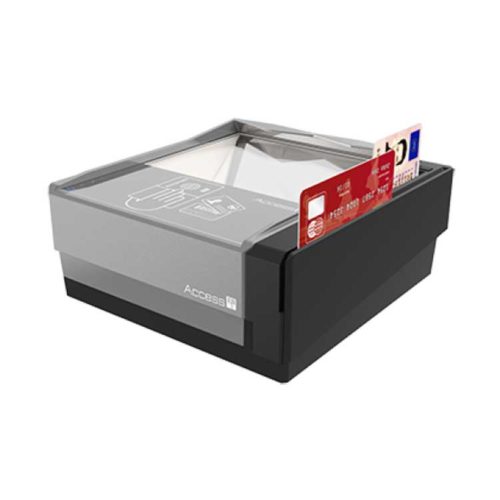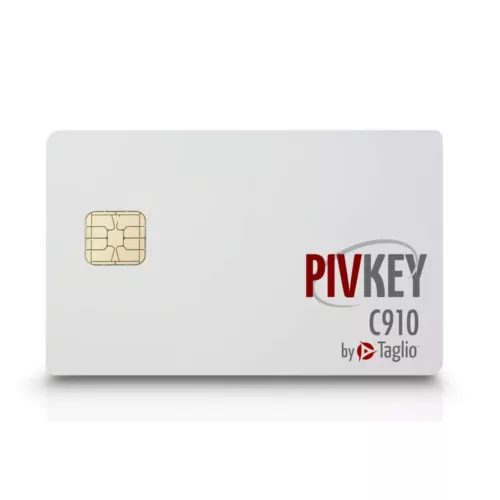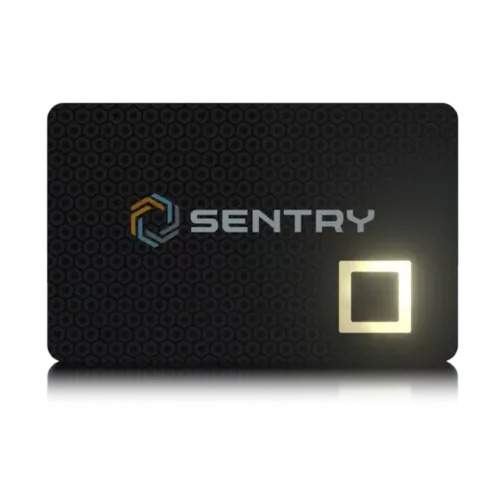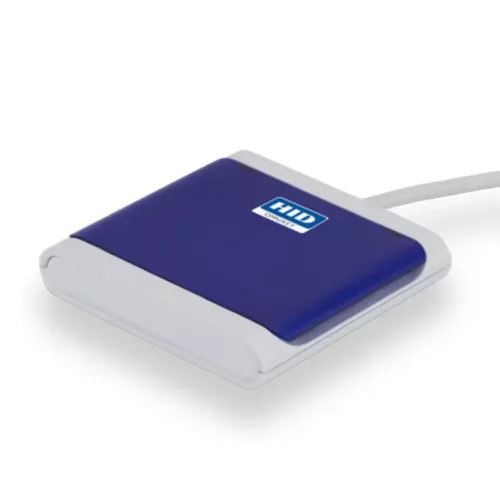A smart card or smartcard often referred as “chip card” is a small plastic card with an embedded microprocessor that can store and process data securely. The microprocessor enables the smart card to perform various functions such as authentication, encryption, and digital signatures.
One type of smart card is the Java Card, which is a type of smart card that is programmed in Java and designed for secure execution in resource-constrained environments. Java Cards are widely used in applications such as mobile payments, access control, and digital identity.
Another type of smart card is the MIFARE card, which is a contactless smart card that uses radio-frequency identification (RFID) technology. MIFARE cards are commonly used in public transportation systems, access control systems, and electronic payment systems.
DESFire is a type of smart card that uses advanced encryption standards to ensure secure communication and data storage. DESFire cards are often used in applications such as electronic ticketing, access control, and payment systems.
MULTOS is a smart card operating system that is designed to provide high levels of security and flexibility. MULTOS is used in a wide range of applications such as financial services, government ID, and mobile payments.
Smart cards can also be classified based on their memory capacity. Memory cards have a limited amount of memory and are used for simple applications such as storing personal information or digital certificates. Microprocessor cards, on the other hand, have a microprocessor and can perform more complex functions such as cryptographic calculations and secure communication.
ISO-7816 is a standard that defines the physical and electrical characteristics of smart cards, including the size and shape of the card, the contact positions, and the communication protocols. CR80 is a standard size for plastic cards, including smart cards. It refers to a card with dimensions of 85.60 × 53.98 mm, which is the same size as a standard credit card.
Smart cards can also be classified based on their communication interface. Contactless smart cards use RFID technology to communicate with a card reader without requiring physical contact, while contact smart cards use metal contact points to establish a connection with the card reader. Hybrid cards, also known as dual-interface cards, have both contact and contactless interfaces, which allow them to be used in a wider range of applications. List of different smart card interfaces:
- Contact card: A smart card that communicates with a card reader through physical contact, usually through a series of metallic contacts on the card’s surface.
- Contactless card: A smart card that communicates with a card reader through radio frequency (RF) signals, without requiring physical contact. These cards usually have an embedded antenna that allows communication with a reader that is equipped with an RF field.
- Dual-interface card: A smart card that supports both contact and contactless communication interfaces on a single chip. These cards allow users to switch between contact and contactless modes, depending on the available card reader technology.
- Hybrid card: A smart card that incorporates two different technology chips on a single card, such as a contact chip and a contactless chip. These cards enable users to choose the most appropriate communication interface for their particular use case, and can support a wide range of applications.
- Combi-card: A smart card that combines the functions of multiple cards into a single card. For example, a combi-card could incorporate a transit pass, a credit card, and an employee access card all on one card.
- USB card: A smart card that can be inserted into a USB port on a computer or other device, enabling communication between the card and the device. These cards are often used for secure authentication or digital signature applications.
- SIM card: A smart card that is used to identify and authenticate a mobile phone subscriber on a cellular network. These cards also typically store the subscriber’s phone number, contact list, and other personal data.
NFC (Near Field Communication) is a type of contactless communication technology that is often used in smart card applications. NFC allows two devices to exchange data when they are brought into close proximity, typically within a few centimeters. RFID (Radio Frequency Identification) is another type of contactless communication technology that is used in smart card applications. RFID uses radio waves to communicate between the smart card and the card reader.
Related Products
Related Articles
Tom Hope, CardLogix: “digital identity stored in a mobile phone carries the highest risk”
We carry our IDs and credit cards with us everywhere and assume that since they aren’t completely digital, they don't need much security. But this isn’t completely true. Regular users resort to using Virtual Private Networks for guarding their
CardLogix introduce the BIOSID PRO: Mobile Biometric Enrollment / Validation / Verification tablet.
The BIOSID PRO is a biometric enrollment, validation (AFIS) and verification tablet with the capability to store and verify the enrollee information on a smart card, on the cloud, or through the device regardless of if it is connected to
Aspects’ new software functionality saves time and money for wireless test engineers
Aspects is announcing 3G and GSM Tools 5.1, the latest release of their leading suite of wireless testing tools at the 3GSM World Congress in Barcelona. These complement their market leading test tool suite and will work in conjunction with
Thales Biometric Payment Card: a Secure Innovation in Your Pocket
PARIS LA DÉFENSE--Jul 20, 2021-- Payment cards are familiar products, which are part of our daily lives. They have evolved quickly over recent years with the emergence of contactless technology. At the heart of this move, Thales has helped banks
New TOUGHBOOK G2 tablet set to steal the hearts of mobile workers
BRACKNELL, UK. 29th June 2021 – Panasonic today announced the successor to its best-selling fully rugged tablet with the introduction of the TOUGHBOOK G2. Designed with next generation communications, usability and security in mind whilst still providing access to important legacy
FEITIAN ePass3000 token supports OpenSC
Sep 5th, 2008 -- OpenSC project provides universal programming interfaces for smart card across different operating systems like Linux, Mac OS X and Windows. To improve the product performance and compatibility of ePass3000, FEITIAN published the OpenSC driver for ePass3000




